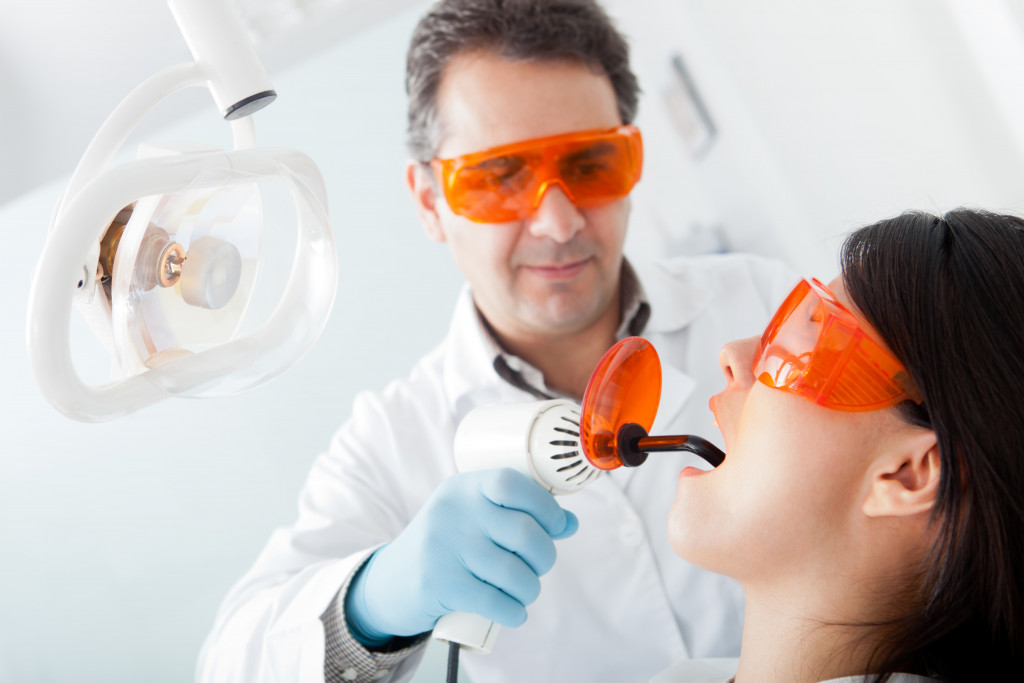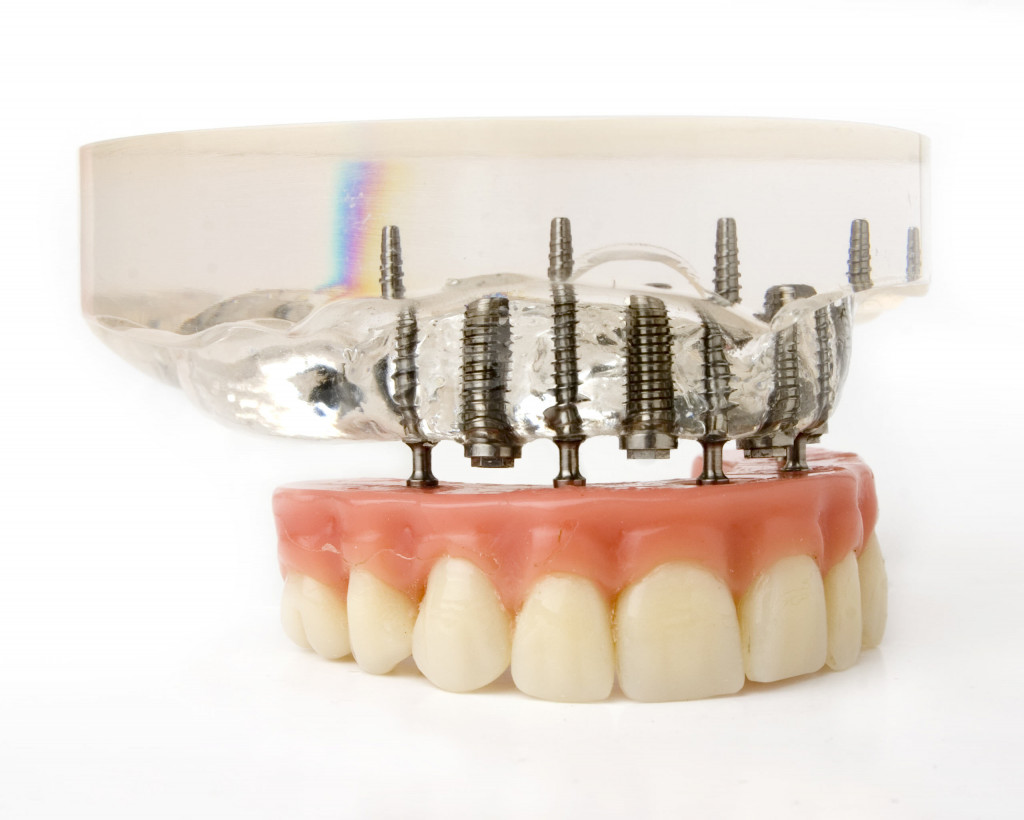Dental technology has come a long way in recent years. It is nowhere more apparent than in the field of restorative dentistry. Once limited to metal fillings and simple crowns, today’s dentists have many options for repairing damage and restoring smiles.
Thanks to advances in materials science and digital technology, patients can now choose from tooth-colored fillings, porcelain veneers, and even custom-made implants. Instead of getting a dental implant for every single tooth that’s missing, it’s now possible to get a full arch of implants that look and feel just like natural teeth. You only need to find a reliable dental implant practice that specializes in one-day smile makeovers so you can leave with a stable, aesthetic, lasting solution in a single day.
Some of the most significant advancements in restorative dentistry are 3D imaging, 3D printing robotics, and lasers. Here’s how these four technologies are changing the field of restorative dentistry:
3D Imaging
Before, dentists had to rely on x-rays and manual measurements to assess the damage to a patient’s teeth. This meant that there was a greater margin for error, and it was often difficult to get an accurate picture of the problem. Today, 3D imaging allows dentists to get a detailed, three-dimensional view of a patient’s mouth.
Three-dimensional (3D) imaging is rapidly becoming an essential tool in restorative dentistry. By providing detailed information about the structure of the teeth and surrounding jawbone, 3D imaging can help dental professionals plan and execute complex procedures with greater precision. Professionals also use 3D imaging to create custom-fitting implants and other prosthetics, ensuring a more natural and comfortable fit.
For example, your dentist may order a 3D imaging to create a digital model of your mouth. They will then use the 3D image to plan the placement of implants. They may also use the model to create a custom-fitting dental prosthetic, such as a denture or bridge, to address tooth loss.
Lasers
Lasers have been used in medicine for decades. Medical professionals use lasers for everything from eye surgery to cancer treatment. In recent years, however, lasers have also become an essential tool in dentistry.

Now, dentists, dental surgeons, and orthodontists use lasers for a variety of purposes, including:
- Removing tooth decay
- Whitening teeth
- Preparing teeth for fillings
- Removing gum tissue
- Treat oral mucositis
Each year, lasers become more affordable and easier to use. Lasers are also more precise, cause less pain, and often result in a quicker recovery. These are just a few reasons lasers are becoming increasingly popular in restorative dentistry.
For instance, you want your dentist to remove tooth decay. Laser is a much more precise and comfortable process than the traditional method of drilling into the tooth. However, this is not the best option if you have large cavities.
3D Printing
In the past, when dentists needed to create a custom dental prosthetic, they had to send it away for production in a laboratory. This could take weeks or even months, during which you will have to wear a temporary replacement. This proved to be both inconvenient and uncomfortable.
3D printing helped change all that. Today, it’s possible to create a wide range of dental prosthetics using a 3D printer. This includes everything from simple tooth crowns to complex implants.
Printing custom prosthetics on-demand has made restorative dentistry much more efficient and convenient for dental professionals and patients. It has also made it possible to create more complex prosthetics that can better match the patient’s natural teeth. This gives patients more options and helps them achieve better long-term results.
Let’s say you need a dental crown, but your dentist doesn’t have the right size or color in stock. With a 3D printer, they can simply print the crown on-demand in the desired size and color. This means you won’t have to wait weeks for the crown to be delivered from a laboratory.
Robotics
Robotics used to be found only in factories and assembly lines. Manufacturers use robots to perform repetitive tasks with speed and precision. In recent years, however, robotics has also found its way into the world of dentistry.
The use of robotics in dentistry is still in its early stages but has the potential to revolutionize the field. Currently, experts use robots to assist in dental implant surgery. Robots help surgeons place the implant in the jawbone with greater accuracy. This, in turn, leads to fewer complications and a quicker, more comfortable recovery for the patient.
In the future, robotics will likely play an even more significant role in restorative dentistry. As technology continues to evolve, robots could be used for various procedures. A study shows that robotics can play a huge rolein many aspects of dentistry, including:
- Dental implantology
- Prosthetic dentistry
- Restorative dentistry
- Dental education
Robotics, 3D printing, and lasers have all played a role in developing restorative dentistry. These technologies have made dental procedures more efficient, accurate, and comfortable for patients. As technology continues to evolve, we’ll likely see even more amazing advances in the field of restorative dentistry.

